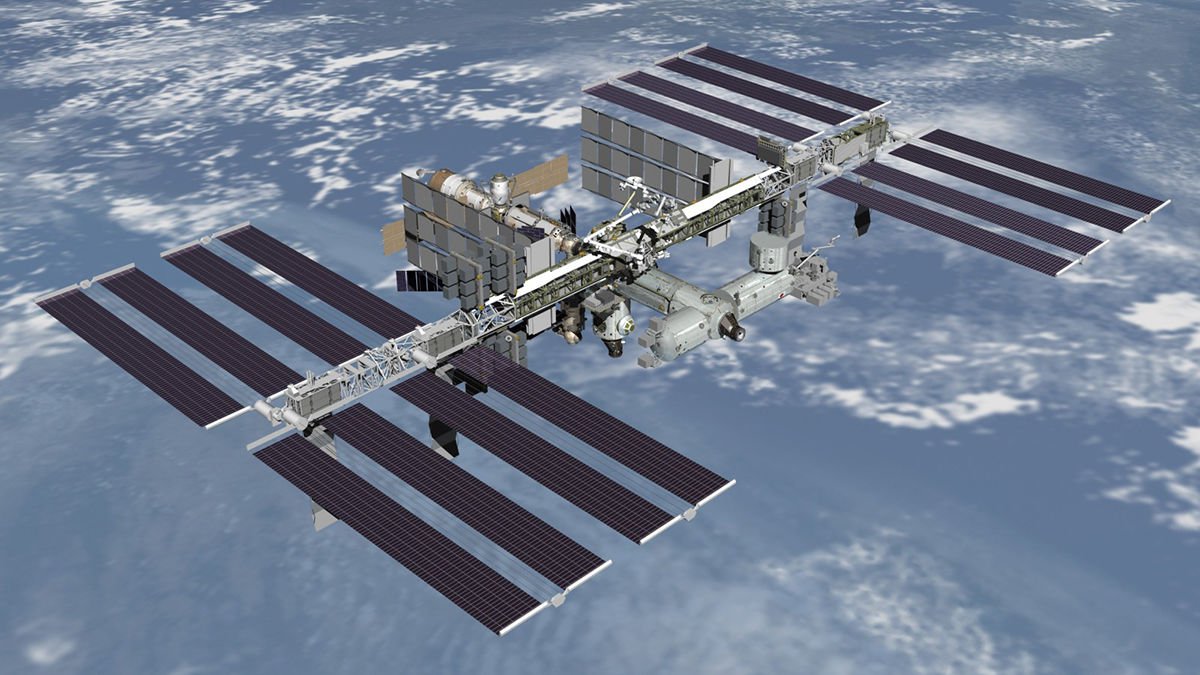NASA’s biggest habitable artificial satellite – International Space Station (ISS) these days is visible from the night skies of Mumbai. As declared by NASA, ISS is visible through naked eyes in the skies of Mumbai, from yesterday and the optical phenomenon will go for two more days. The first preview of ISS, while crossing Earth’s lowest orbit was noticeable yesterday, at 6.54 pm. Similarly, today, the Mumbaikars will be able to witness the Wow moment for 9 minutes, as the $150 billion-worth-satellite of NASA will cross between Mars and Venus. The event will occur between 7.35 pm to 7.44pm. The last day of the event, on 23rd Dec., the sensational phenomenon will take place at 6.41 pm and ISS will be visible for 10 minutes.
A Quick look on the essential details of ISS:
- ISS or international Space Station is one of the biggest habitable artificial satellite or space station of NASA, launched on 20th November 1998. It is the largest artificial body and located in lowest orbit of Earth. Being the most complex international scientific and space research program, ISS is acclaimed by the entire global space explorer communities.
- The outline of ISS is intended for being used as a space laboratory, observatory, and factory for the onboard astronauts and the space systems.
- The space station orbits at an average altitude of 400 kilometers (248 miles) above Earth. At a speed of about 17,500 mph (28,000 kph), ISS circles the entire in only 90 minutes. NASA also revealed that ISS in one day covers a distance which is the approximate distance from Earth to the moon and back.
- The maximum speed of the ISS is 27,600 km/h and the maximum orbit height is 400 km.
- ISS is said to be one of the most expensive space projects of NASA, as it costs 150 billion USD.
- During some point of time, ISS becomes visible from earth in naked eyes. However, such instances are quite rare.
- The artificial satellite has 52 computers which control and monitor the daily operations of the space station. It also has an internal pressurized volume which stands 32,333 cubic feet and is equal to a Boeing 747.
- Apart from the pressurized modules, ISS also consists of solar arrays, external trusses, and some other significant components.
